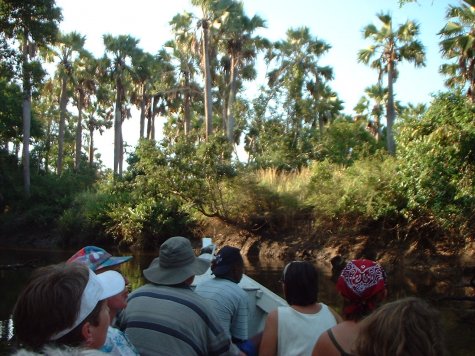Black storks in winter
Text: Urmas Sellis
Photo: Walter Meienberg
Map: Google Earth
Translation: Liis
Now in mid-winter it might seem that the black storks from Estonia should have found themselves warm places in the south, and have no need to move around much. For some of them it is true: Valdur from Võrumaa for instance winters in northern Ethiopia at a particular stretch of river (about 4 km), and won’t go anywhere from there. At least it has been so last winter and this year.
Locations of the black storks with currently working transmitters.
But others of Valdur’s comrades fly widely around, and don’t care for spending the whole winter in one place. Leida for instance, who nests in the Soomaa National Park, stopped after her autumn migration in the middle reaches of the Nile, the same area as Lembitu (Leida and Lembitu were a pair in 2008), but later flew to south Sudan and from there soon on to Ethiopia. There are now three Estonian black storks with transmitters in northern Ethiopia.
The fate of two young black storks (the sons of Raivo) is unknown after contact with them was lost in November. They were then in the border area between Greece and Turkey. During last week the transmitter of Murru, nesting in Tartumaa, hasn’t moved. It is also in a border area, this time in Sudan near the border to the Republic of Kongo. It seems to be a location that one can reach only with great difficulties ...
Raivo who nests in Lääne-Virumaa, continued his journey from Israel to the southernmost tip of Kenya during Christmas. Oss, however, stayed in the Jordan River valley (as last year). Our German friend and colleague Carsten Rohde has written about Raivo on his web site. In mid-January Raivo paid a visit a few hundred kilometres northwestwards, to the foot of Kilimanjaro, but soon returned to the mangrove groves on the coast of the Indian Ocean:On Ramisi river, just before it flows out into a mangrove forest.










